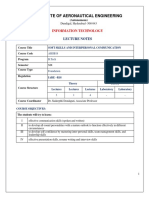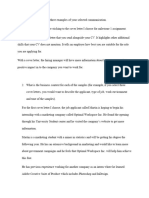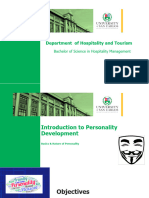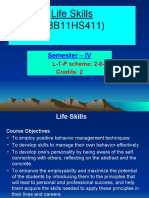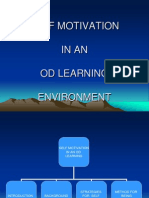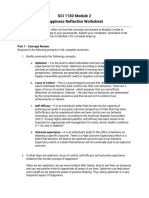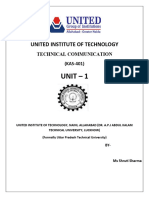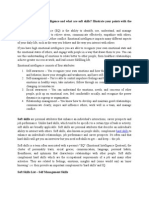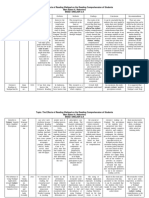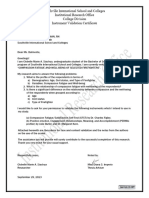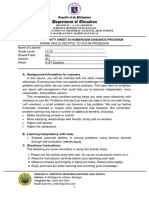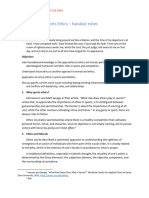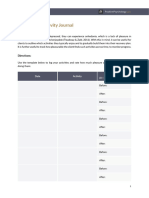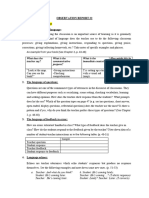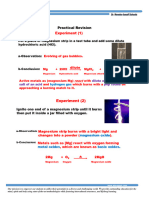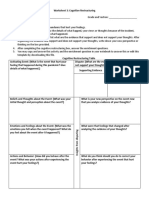0% found this document useful (0 votes)
388 views20 pagesSolution Soft Skills Previous Year 2022
The document discusses soft skills and their importance in the workplace. It defines soft skills as personal attributes that enable effective interaction and includes communication, teamwork, leadership, adaptability, problem-solving, time management, conflict resolution, work ethic, customer service, and emotional intelligence as important soft skills. It also explains Maslow's hierarchy of needs theory of motivation.
Uploaded by
nityanandharsh262002Copyright
© © All Rights Reserved
We take content rights seriously. If you suspect this is your content, claim it here.
Available Formats
Download as PDF, TXT or read online on Scribd
0% found this document useful (0 votes)
388 views20 pagesSolution Soft Skills Previous Year 2022
The document discusses soft skills and their importance in the workplace. It defines soft skills as personal attributes that enable effective interaction and includes communication, teamwork, leadership, adaptability, problem-solving, time management, conflict resolution, work ethic, customer service, and emotional intelligence as important soft skills. It also explains Maslow's hierarchy of needs theory of motivation.
Uploaded by
nityanandharsh262002Copyright
© © All Rights Reserved
We take content rights seriously. If you suspect this is your content, claim it here.
Available Formats
Download as PDF, TXT or read online on Scribd
/ 20















